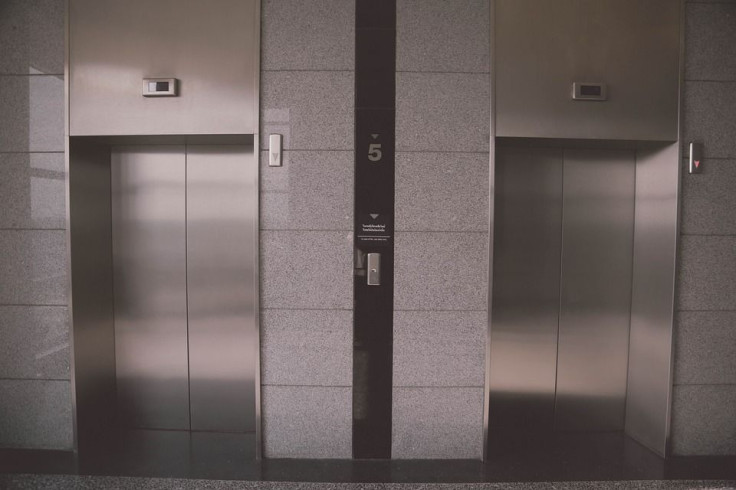How To Survive A Falling Elevator: Follow This Expert Advice

You just pressed the elevator button for the 10th floor and are peacefully on your way to your office. Suddenly, it comes to a halt and you start to feel the floor beneath you descending. If the elevator dropped, would you survive?
Although there’s no survival guarantee, there are fortunately many safety features in place to prevent you from plummeting 10 floors.
Read: Gross! More Bacteria Was Found On Hospital Elevator Buttons Than On Any Toilet Surfaces, Study Finds
If the motor fails, the brakes kick on. And if for some reason the brakes aren’t working, the counterweights come in to play, host Michael Aranda explains in the video, “Could You Survive a Falling Elevator?”
One of the most famous elevator malfunctions occurred in the summer of July 1945, when an airplane on a routine route accidently crashed into the Empire State Building. The fire caused the elevator cables to snap and sent 19-year-old elevator operator Betty Lou Oliver plummeting 75 floors. Miraculuosly, she survived. NPR has archived audio available from the day the B-25 crashed into the building.
It’s unknown exactly how Betty Lou Oliver survived. But, if you ever find yourself in a similar situation, it’s been advised not to jump, despite popular belief. You should lay down on the floor flat on your back, according to researchers at the Center for Biomedical Engineering at the Massachusetts Institute of Technology, the New York Times reports. Although it’s not guaranteed you’ll survive, it’s your best bet, as your body weight will be evenly distributed to avoid impact on a particular part.
Each year in the United States, elevators make 18 billion passenger trips, according to ConsumerWatch.com. Out of all of those trips, there’s roughly 27 deaths per year, the U.S. Bureau of Labor Statistics and the Consumer Product Safety Commission estimate.
See also: The ABCs Of Death: 10 Unexpected Ways To Die In Everyday Life



























